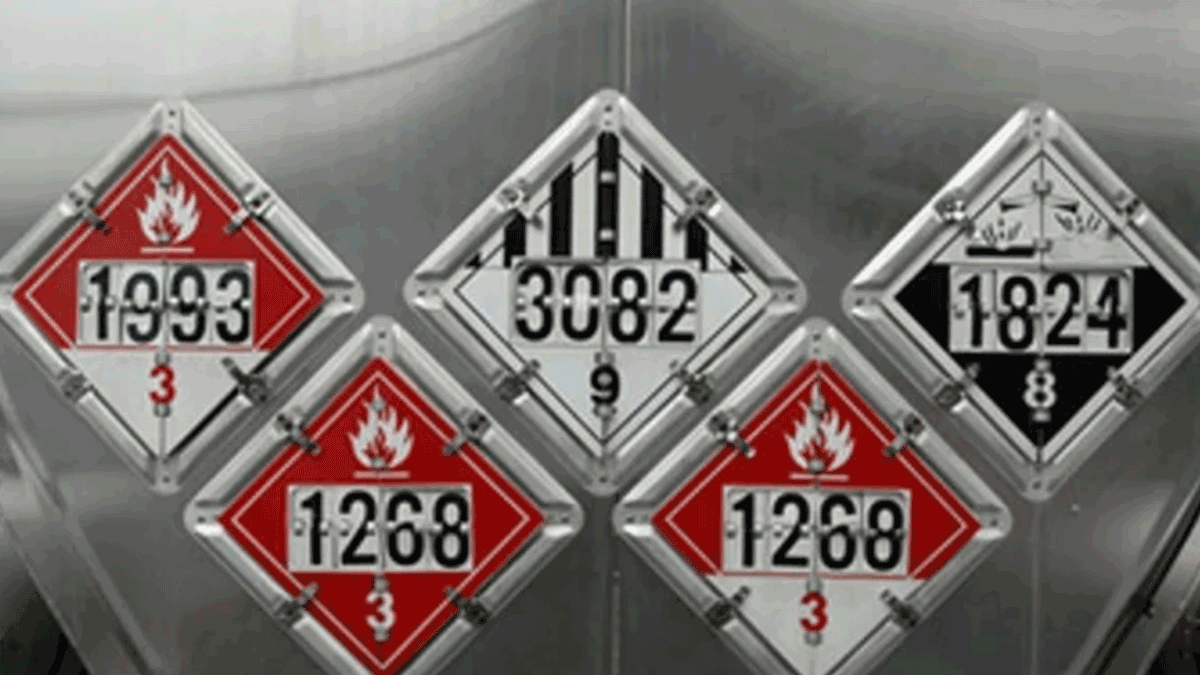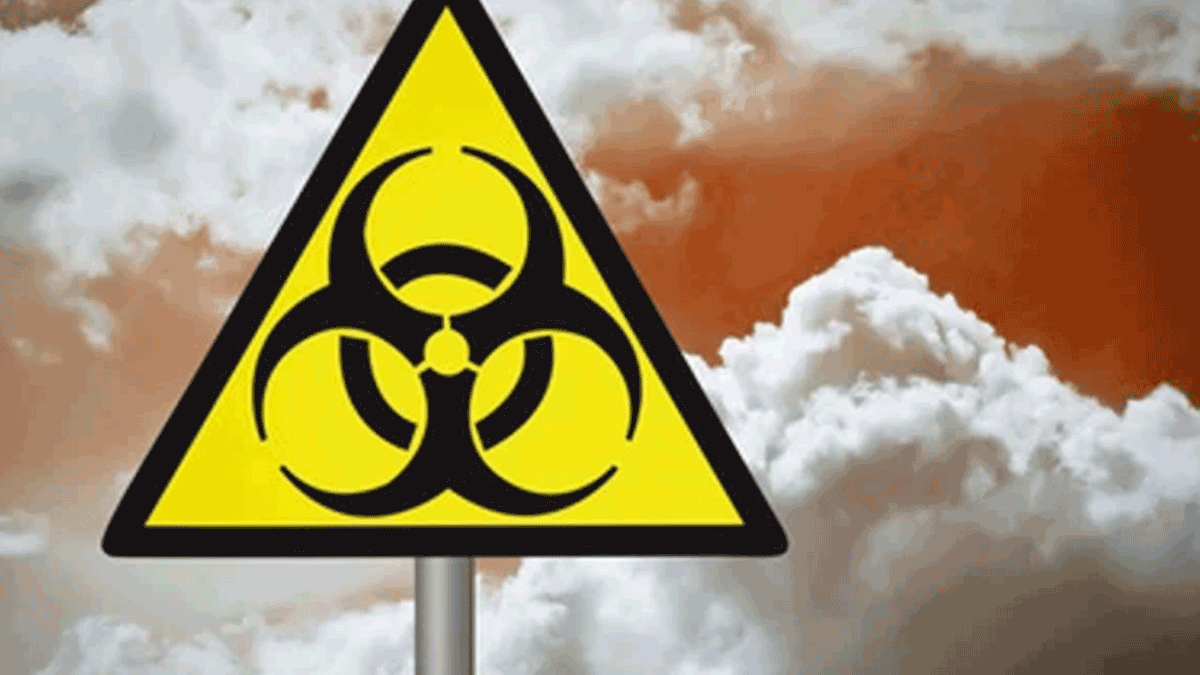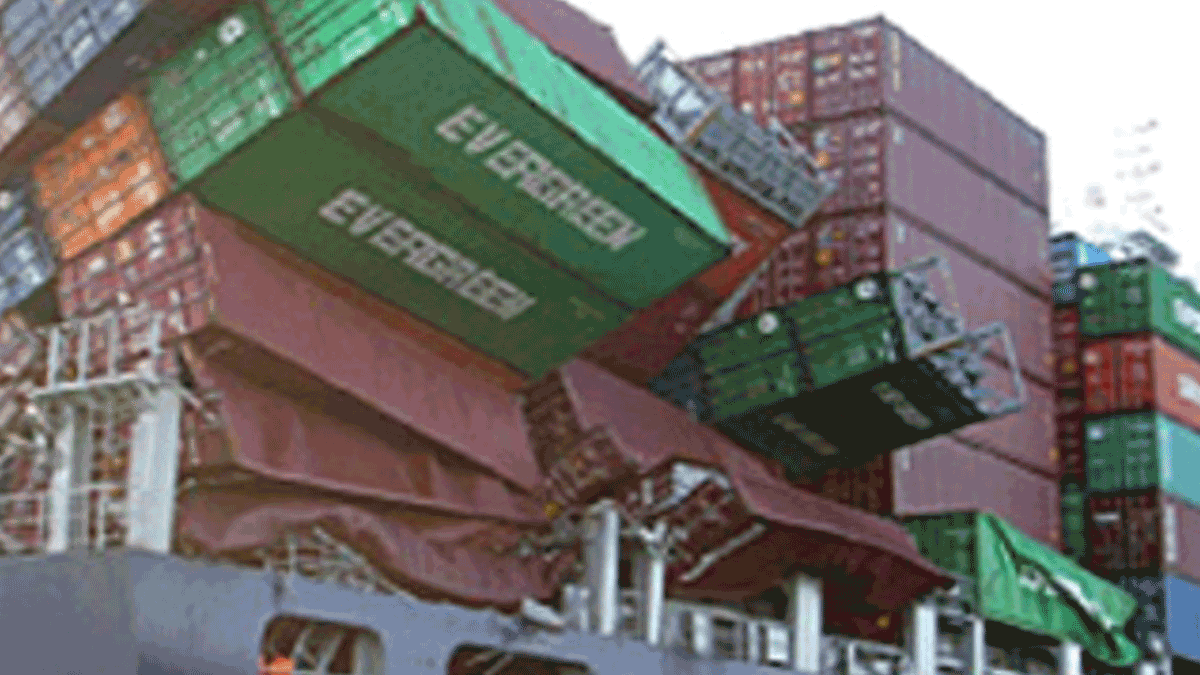On: August 5, 2024 By: Robert Smith
Creating the IATA Dangerous Goods Form: The Shipper's Declaration for Dangerous Goods
Before you can ship dangerous goods by air, you need to complete the required transport documents: the air waybill and the IATA Dangerous Goods form, also known as the Shipper's Declaration for Dangerous Goods. Learn when and how to complete the form, including a field-by-field description.








